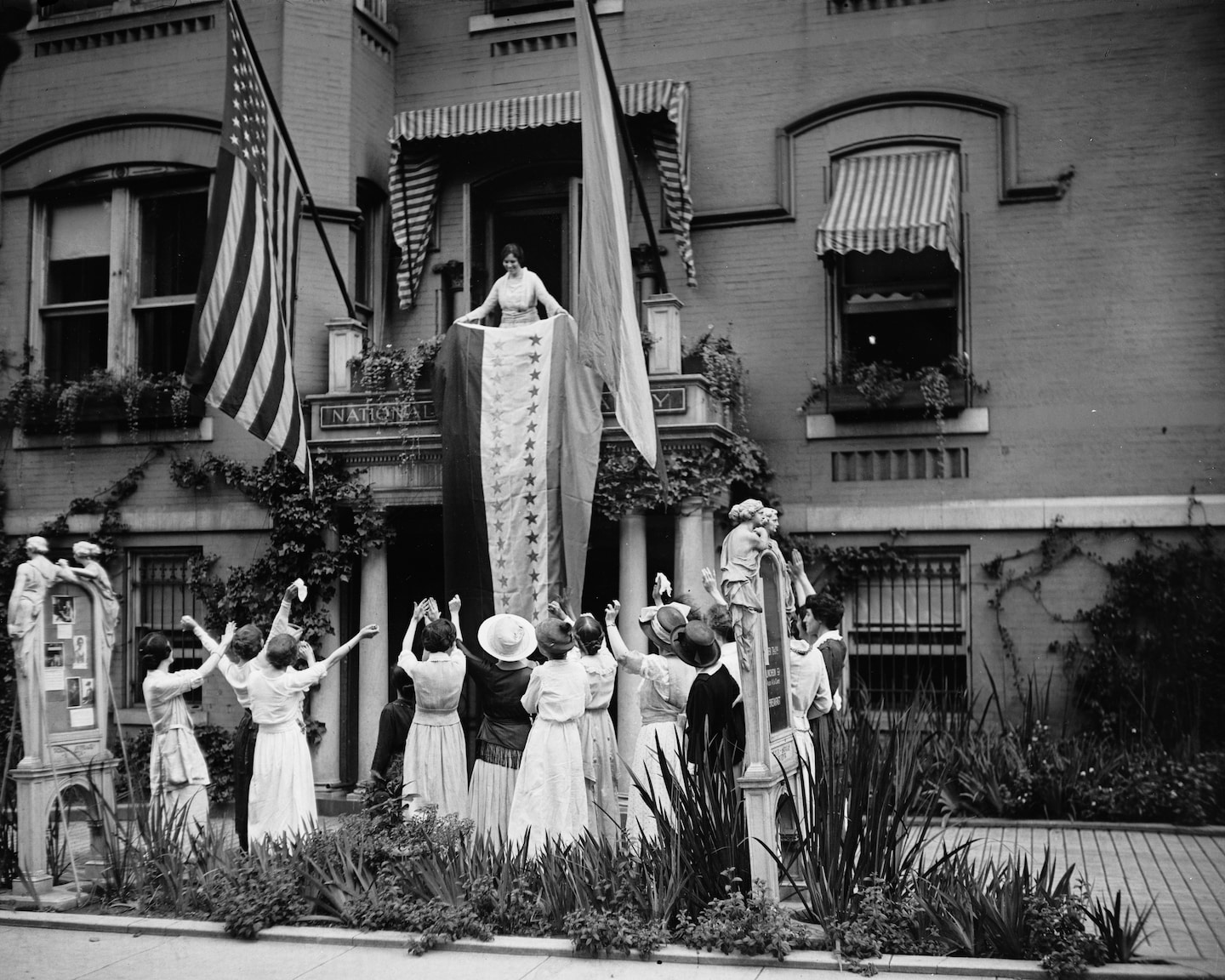One ‘good boy’ helped give women the right to vote

The legislatures of at least 36 states needed to say yes for this change to become law as the 19th Amendment to the U.S. Constitution. That process is called ratification.
By August 1920, 35 states had approved the amendment. Seven states, including Virginia and Maryland, had voted no. Tennessee’s legislature was going to be the last to vote that year, and intense pressure was felt by lawmakers on both sides.
That’s where Harry Burn enters our story. Burn appeared to be a “no” vote. For one thing, he wore a red rose, the symbol of the anti-amendment crowd, on his jacket. But when the final tally was taken August 18, he surprised everyone by voting “yes.” The measure passed, 49 to 47, making women’s suffrage the law of the land.
Anti-amendment forces were outraged. They called Burn a traitor to men and accused him of taking a bribe to switch sides. He denied it. He said he had planned to vote no but had just received a letter from his mother, Febb Burn, urging him to vote for suffrage. “Don’t forget to be a good boy,” she ended her letter, which her son had in his pocket when he voted.
“A mother’s advice is always safest for her boy to follow,” he told fellow lawmakers the day after the vote, according to a Chattanooga News story. Burn added that he believed women should have equal voting rights. Both Burn and his mother continued to receive threats, but neither backed down.
Years later, Burn reflected on his role in history. He said he had not understood at the time why his mother, “a college woman . . . who took an interest in all public issues,” could not vote, while the men who worked her farm, some of whom were unable to read or write, could.
When Burn realized that hot August day in 1920 that he was going to go on record “for time and eternity” on the merits of women’s suffrage, “I had to vote for ratification,” he said, “and free 17 million women from political slavery.”
Freedom didn’t happen right away. Some states said passage of the 19th Amendment came too late in the year for women to register for the November election or pay a special fee called a poll tax. Other states added tough residency requirements or dusted off old literacy (education) tests to keep Black women and others from voting, in some cases for years.
Even so, about 8 million women did cast ballots for the first time in the November 1920 presidential election, or 30 percent of the total vote. The number has been growing ever since. In 2016, women cast more than half of the 138 million votes recorded.
How amendments happen
The U.S. Constitution is the supreme law of the country.
Since 1789, it has been changed (amended) 27 times. The first 10 amendments, known as the Bill of Rights, were approved in 1791.
The 27th and most recent amendment was approved in 1992 but was first proposed in 1789. As you can tell, amending the Constitution is neither quick nor easy.
There are two ways to start the process: (1) At least two-thirds of both the U.S. House of Representatives and the U.S. Senate approve the proposed amendment; or (2) Two-thirds of the states ask Congress for a national convention to consider amendments. (The convention method has never been used.)
To complete the process, the legislatures or special conventions in at least three-fourths of the states must ratify the amendment.
In 1920, when the 19th Amendment was ratified, there were 48 states (Alaska and Hawaii were still territories), so 36 was the magic number. Today, with 50 states, approval by at least 38 states is needed to ratify an amendment.
Learn more
The Lucy Burns Museum in Lorton, Virginia, has videos and a coloring book about the suffrage movement. Burns, one of the leaders of the suffrage movement in Washington, D.C., was imprisoned in Lorton for protesting. Have an adult help you check it out at workhousearts.org/lucyburnsmuseum.






